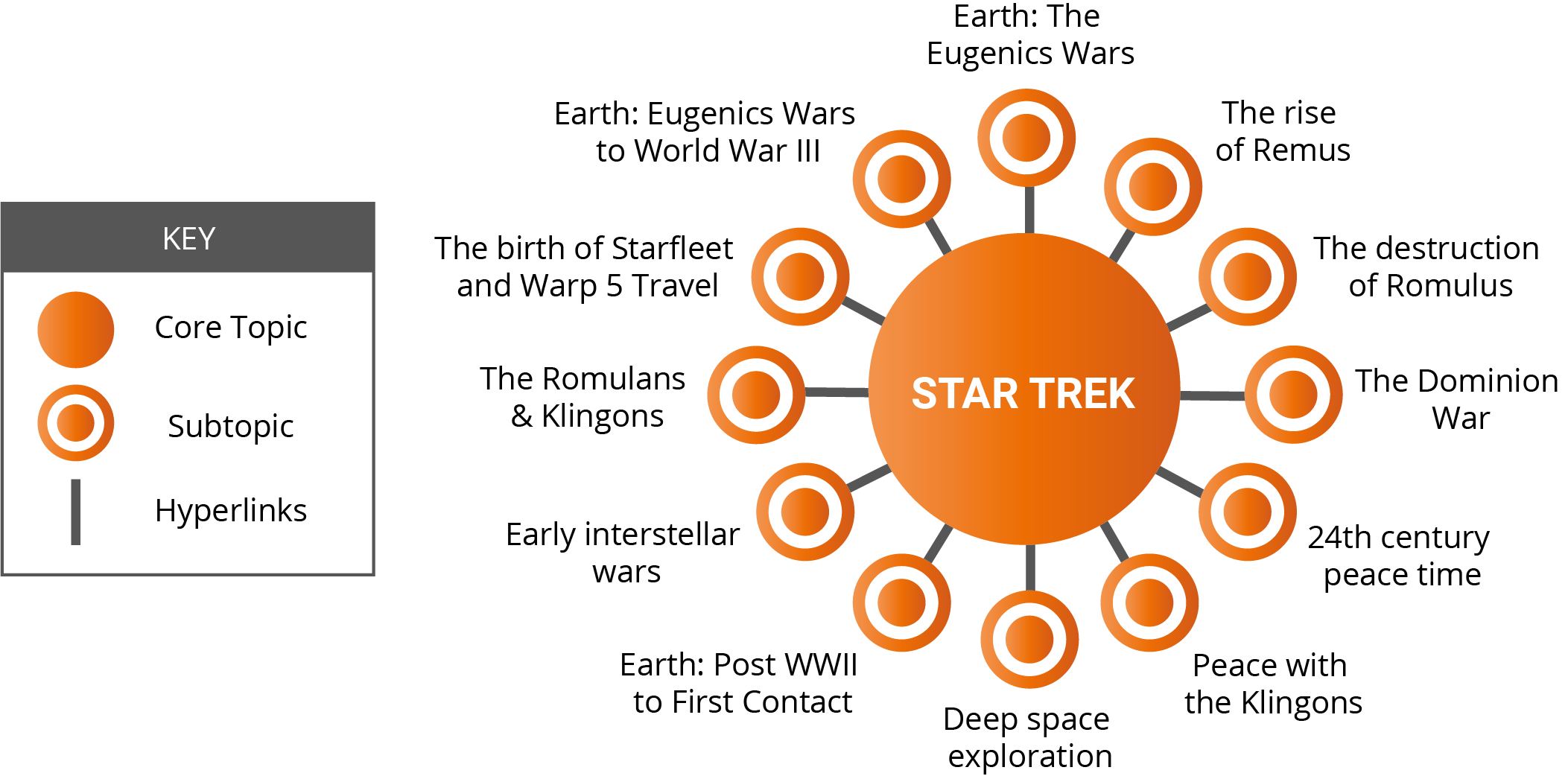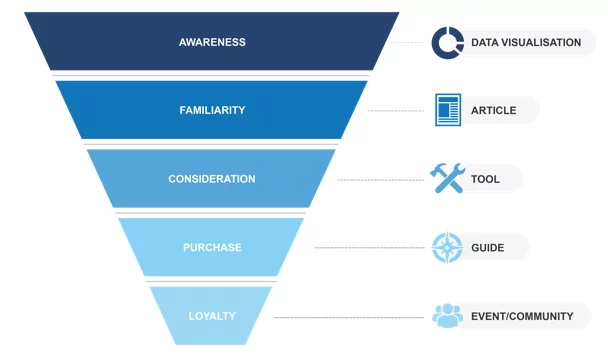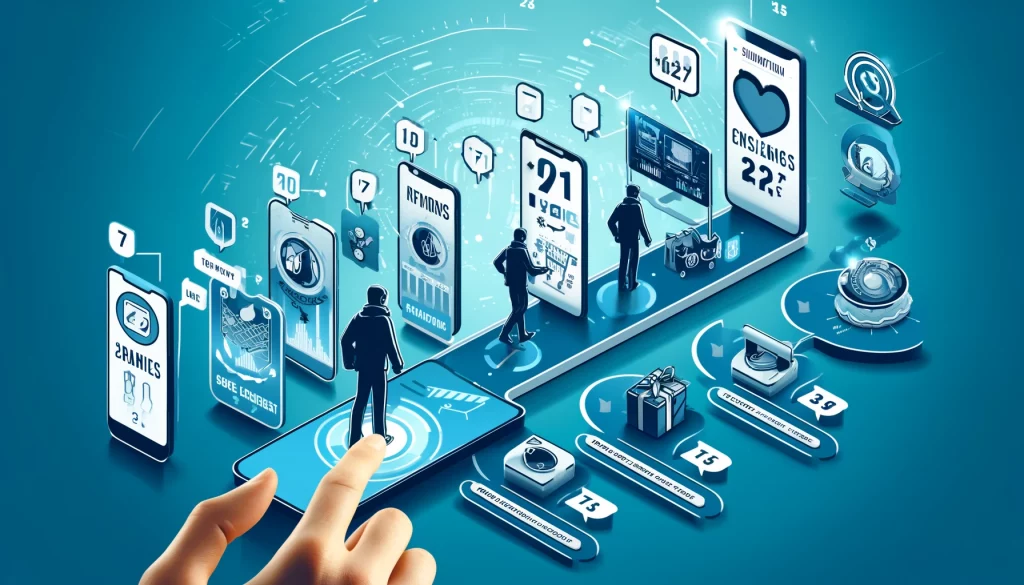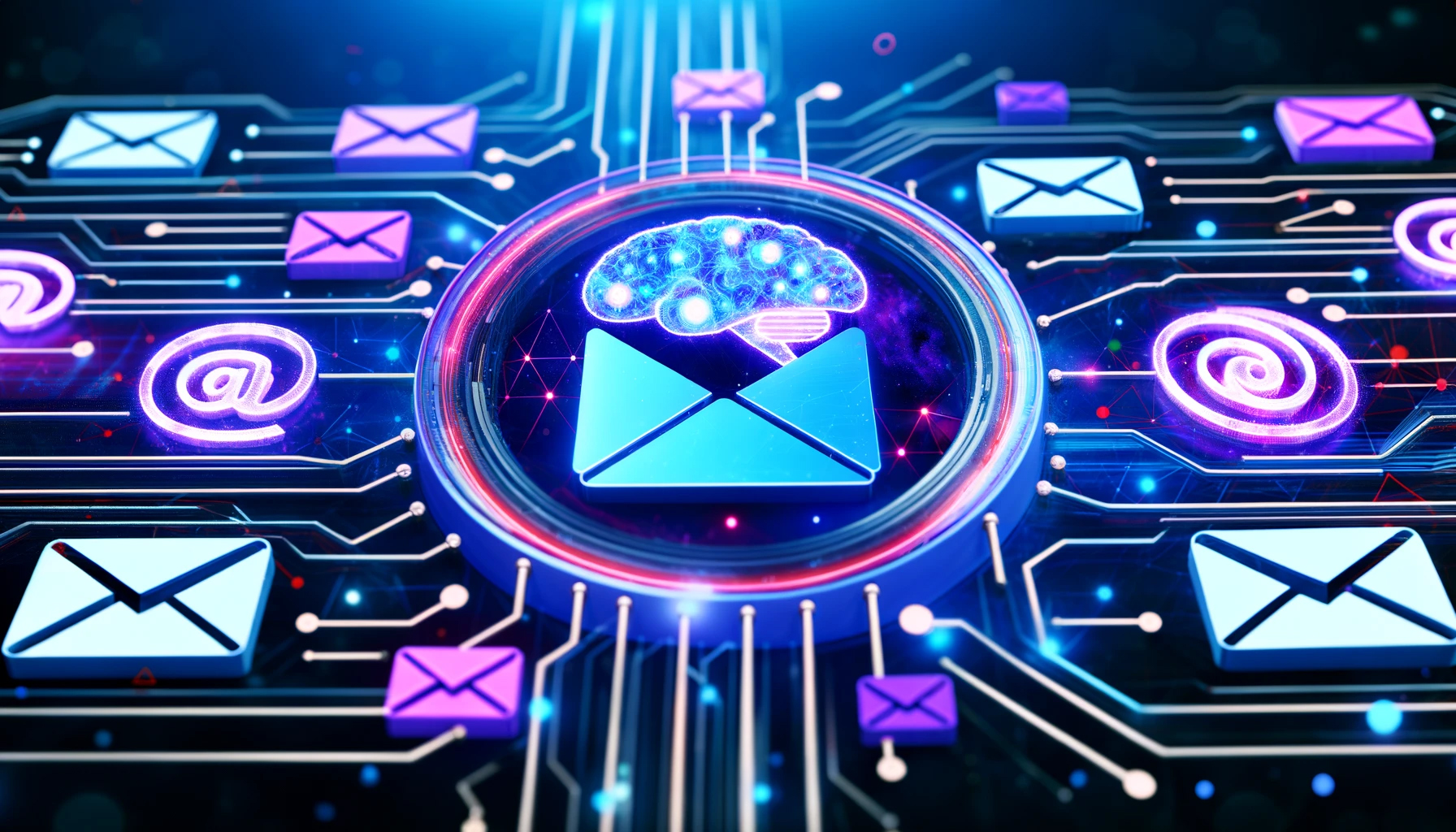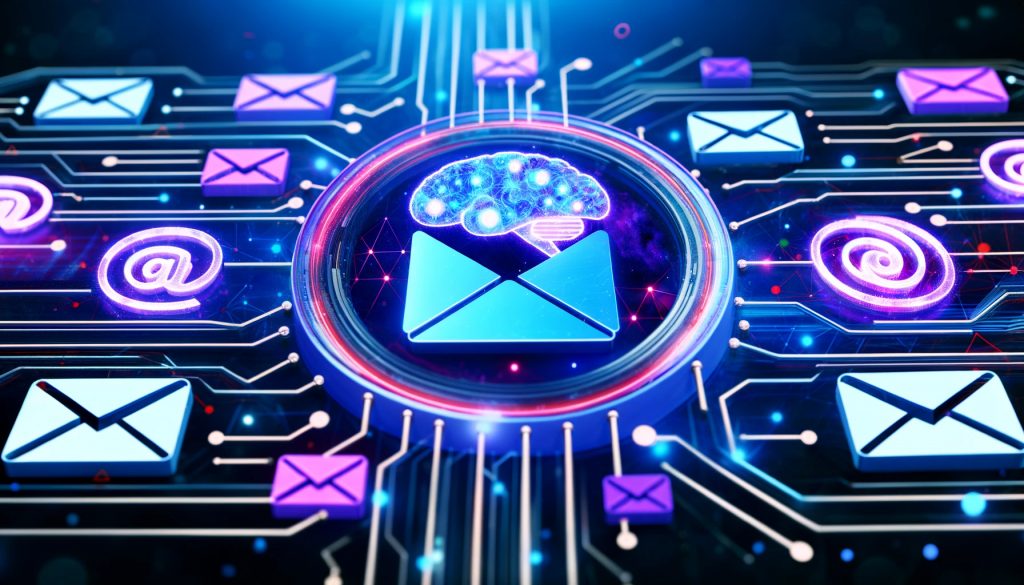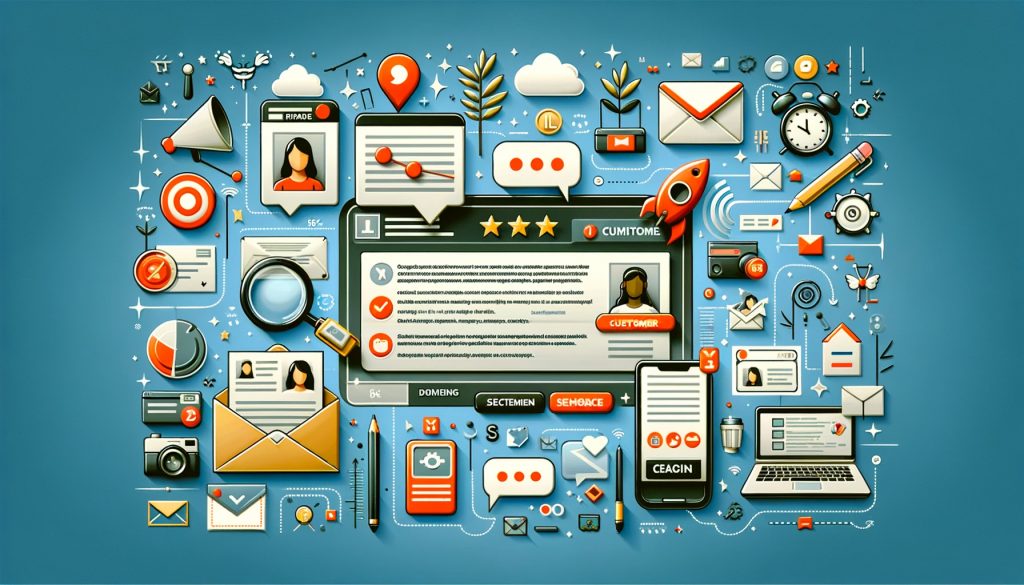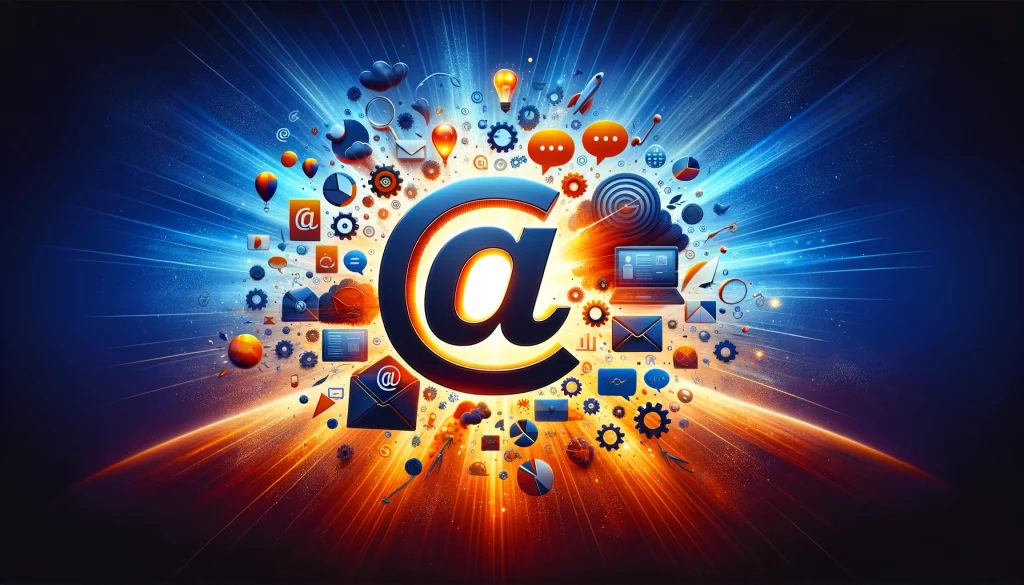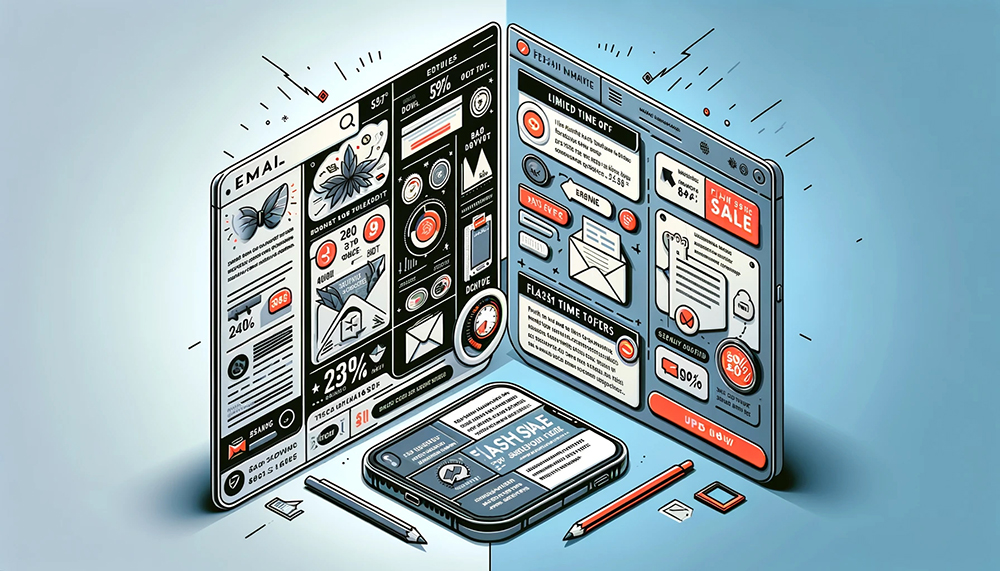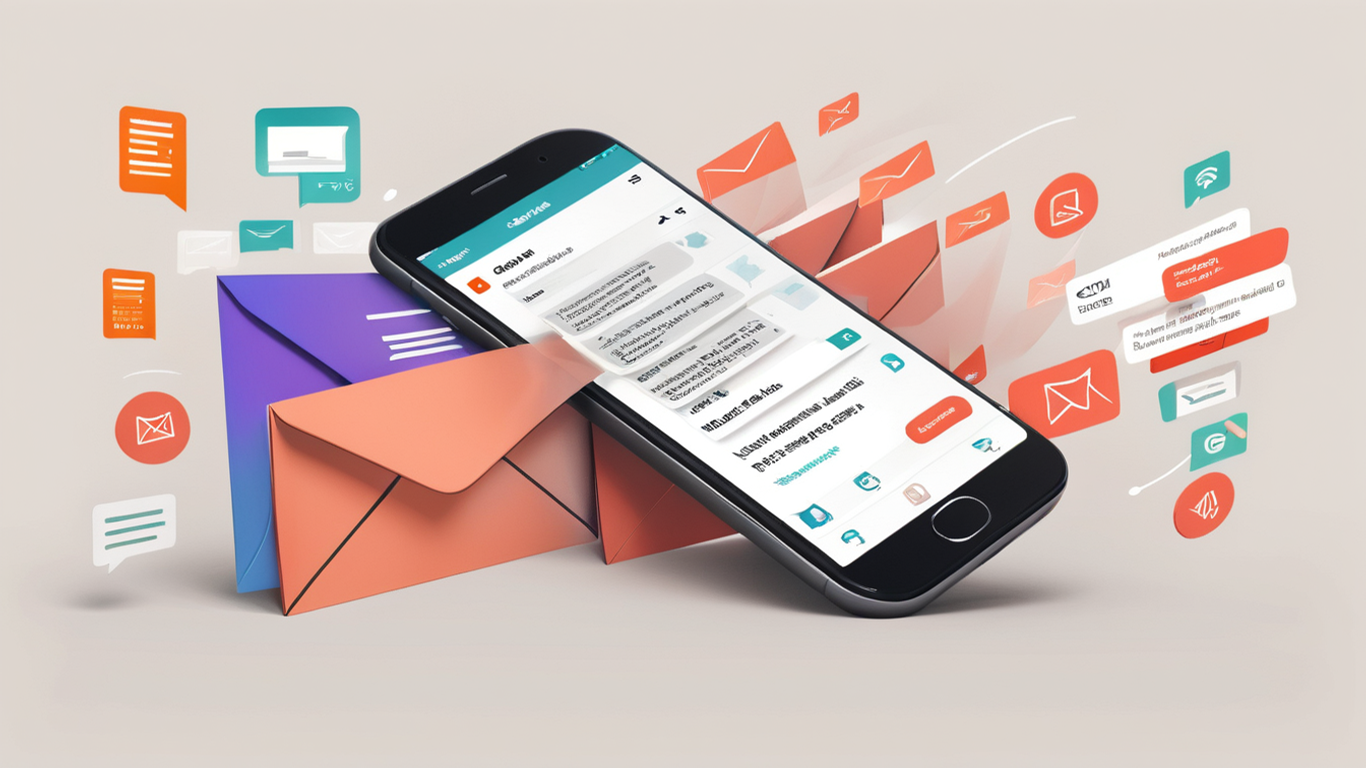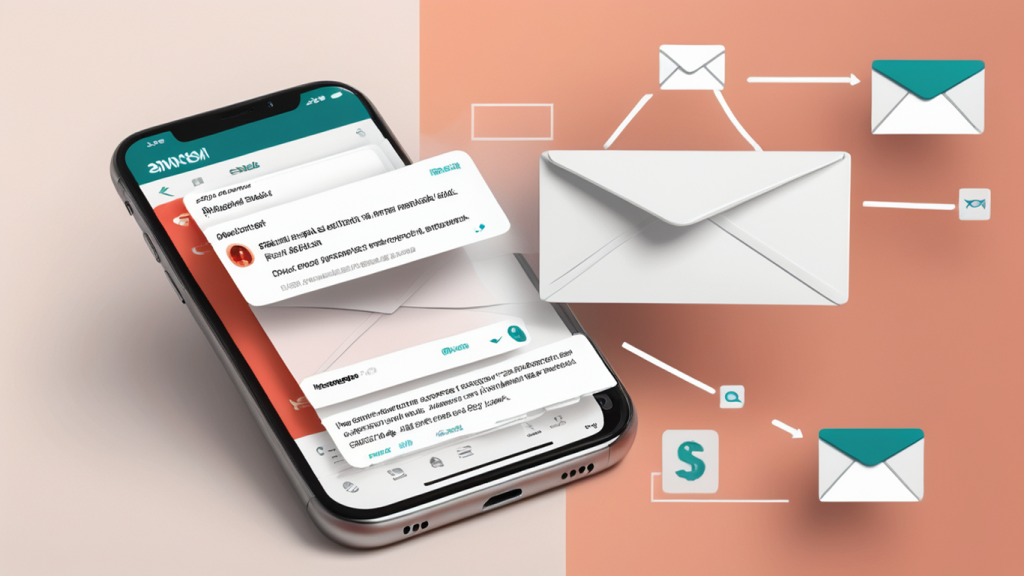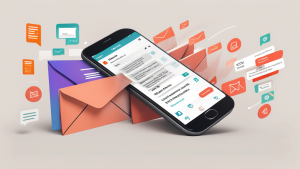Maximizing Email Marketing Impact: Leveraging SMS and WhatsApp
Embracing a multichannel approach is paramount for reaching and engaging audiences effectively. While email marketing remains a cornerstone, integrating complementary channels like SMS and WhatsApp can amplify your campaign's impact. Let's delve deeper into the features, benefits, and scenarios where SMS and WhatsApp shine in conjunction with email marketing.
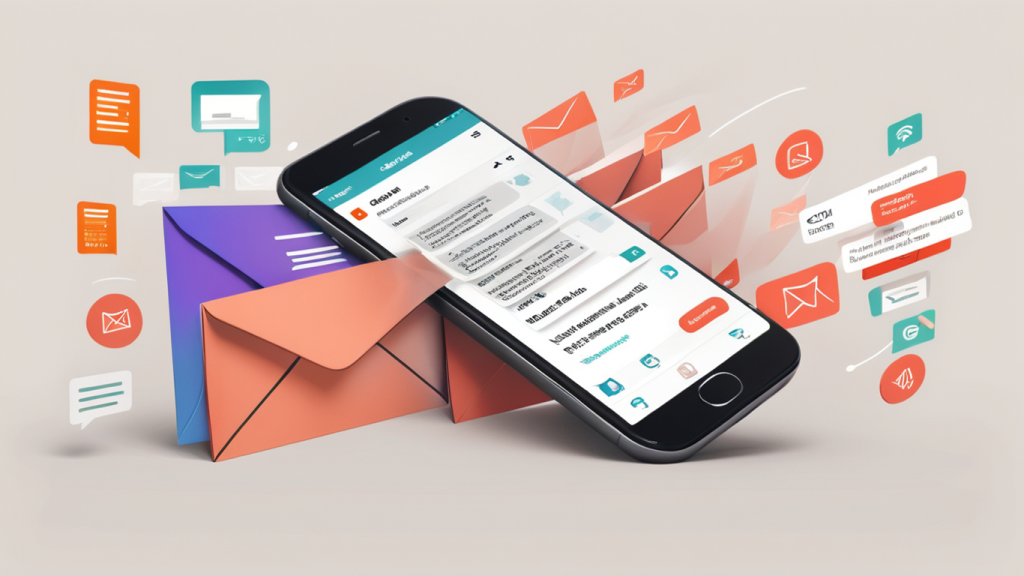
SMS:
Benefits:
- Immediate Delivery and High Open Rates: SMS messages are typically read within minutes of receipt, ensuring your content reaches audiences promptly and garners high open rates.
- Direct and Personalized Communication: SMS enables direct communication with customers on their mobile devices, fostering a personalized connection that resonates with recipients.
- Wide Reach and Accessibility: With almost ubiquitous access to SMS functionality, you can connect with audiences across diverse demographics, ensuring broad reach and engagement.
Negatives:
- Character Limitation: SMS messages are constrained by character limits, which can pose challenges when conveying detailed or nuanced messages.
- Cost Considerations: Depending on your service provider and campaign volume, SMS marketing costs can accumulate, particularly for large-scale campaigns.
- Limited Multimedia Capabilities: SMS lacks the multimedia features of platforms like WhatsApp, restricting the types of content you can share with your audience.
WhatsApp:
Benefits:
- Rich Multimedia Sharing: WhatsApp facilitates the sharing of images, videos, audio clips, and links, allowing for more engaging and visually appealing content delivery.
- Interactive Engagement Opportunities: With group chats, voice messaging, and multimedia sharing options, WhatsApp fosters deeper engagement and interaction with your audience.
- Global Accessibility: WhatsApp’s global popularity ensures you can connect with audiences worldwide, transcending geographical boundaries and expanding your campaign’s reach.
Negatives:
- Opt-in Requirement: Users must opt-in to receive WhatsApp messages, which may initially limit your campaign’s reach compared to SMS.
- Privacy Concerns: Recent privacy controversies surrounding WhatsApp may deter some users from engaging with promotional content on the platform.
- Technical Limitations: WhatsApp may not be accessible to users without smartphones or reliable internet connections, potentially excluding certain demographics from your campaign audience.
By understanding the nuances of these platforms and tailoring your approach accordingly, you can create cohesive multichannel marketing campaigns that resonate
Choosing Between SMS and WhatsApp:
When deciding between SMS and WhatsApp for your marketing campaigns, consider the nature of your message, target audience preferences, and campaign objectives.
Scenarios Where SMS Excels:
- Urgent Alerts and Time-Sensitive Promotions: SMS is ideal for delivering urgent notifications, alerts, and time-sensitive promotions that require immediate attention.
- Audiences with Limited Internet Access: SMS is advantageous when targeting audiences with limited internet connectivity or smartphone usage, ensuring your message reaches them reliably.
Scenarios Where WhatsApp Shines:
- Multimedia-Rich Content Delivery: WhatsApp’s multimedia capabilities make it perfect for sharing visually engaging content such as product images, videos, and infographics.
- Community Building and Engagement: Utilize WhatsApp for fostering community engagement through group chats, interactive polls, and behind-the-scenes content sharing.
Conclusion:
Integrating SMS and WhatsApp with your email marketing efforts allows you to leverage the strengths of each channel, maximizing your campaign’s reach, engagement, and effectiveness. By understanding the nuances of these platforms and tailoring your approach accordingly, you can create cohesive multichannel marketing campaigns that resonate with your audience and drive meaningful results.


